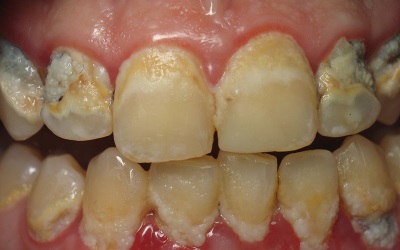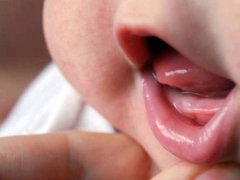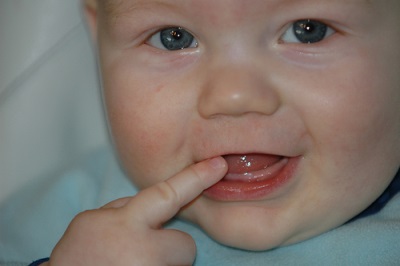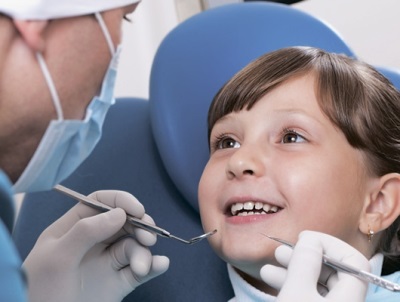Red gums in a child
Problems with gums in children, as a rule, are detected immediately after their occurrence, as the baby begins to act up, sleeps badly, does not want to eat, complains of pain. Quite often, the baby's gums turn red, which can be triggered by various reasons, both harmless and pathological. Why do babies have reddened gums and what should parents do in this situation?
Possible reasons
If a child is not yet 2 years old, redness on his gums may be a sign of cutting milk teeth. At the same time with the redness and slight swelling, the crumb can refuse food, scratch the gums with toys and chew on the fists. Also, the baby’s saliva production increases, and in some babies, the teeth are cut with fever, occasional upsetting of the stool, runny nose, or cough.
In older children, redness on the gums may appear when the teeth erupt, but this happens very rarely (often in adolescents when wisdom teeth appear). A much more frequent reason for which a child over 5 years old may experience swollen red gums is gingivitis. So called inflammatory disease, affecting the gums due to poor cleaning of teeth from plaque, reducing local immunity, mechanical injury to the gums or the impact of a number of other factors.
You can learn more about this disease, such as gingivitis, in the following video. It will explain in more detail the causes, symptoms of gingivitis and methods of dealing with this oral disease.
Other causes of redness on the gum are:
- Periodontitis In addition to redness on the mucous membrane of the gums, this disease is manifested by loosening of the teeth and threatens with their loss.
- Launched caries. If the infection gets into the pulp and becomes the cause of suppuration next to the root, a red swelling will appear on the child’s gum. Over time, pus is formed inside, which will result in a fistula in the gum.
- Stomatitis. In the first stage of the disease, the baby's gums turn red, and a little later white dots or specks appear on them.

When to see a doctor
If red dots or swollen red areas appear on the child's gum, he must necessarily get an appointment with a dentist in the near future. The doctor will determine the cause of the redness of the gums and prescribe the necessary treatment. It is especially important to contact a specialist as soon as possible if:
- Gums are bleeding.
- On the gums stains with a white or greenish-gray bloom.
- The kid complains of severe pain.
- A rotten smell came from the baby’s mouth.
- Lymph nodes jaw increased.
- The child has a fever.
- Baby sleepy and sluggish.
- The kid refuses to eat.
Treatment
In a situation where redness of the gums appeared due to the eruption of a new tooth, the child is tried to be helped with the use of teething toys and gels with an anesthetic effect. Often, as soon as the tooth is “hatching,” the redness disappears.
If the doctor determines that the child’s red gums are a symptom of gingivitis, treatment at the dental clinic is required first, and then treatment of the oral cavity at home. In the dentist's office, the child will be cleaned of teeth from plaque, will show how to properly clean the teeth, and also advise how to choose a paste and brush. After cleaning, prescribe rinsing and gum treatment with gels and anti-inflammatory ointments.
In the treatment of gingivitis are used different drugs that should recommend a doctor. Among them metrogil denta, calgel, cholisal, dentinox and others are found. For irrigation and rinsing apply furatsilin, miramistin, chlorophyllipt, rotocan, chamomile infusion and other means.
If the cause of the redness of the gums is deep caries, the treatment will depend on the type of tooth - with a deep lesion of the baby tooth, it is usually removed, and the root tooth is retained by filling its canals.













